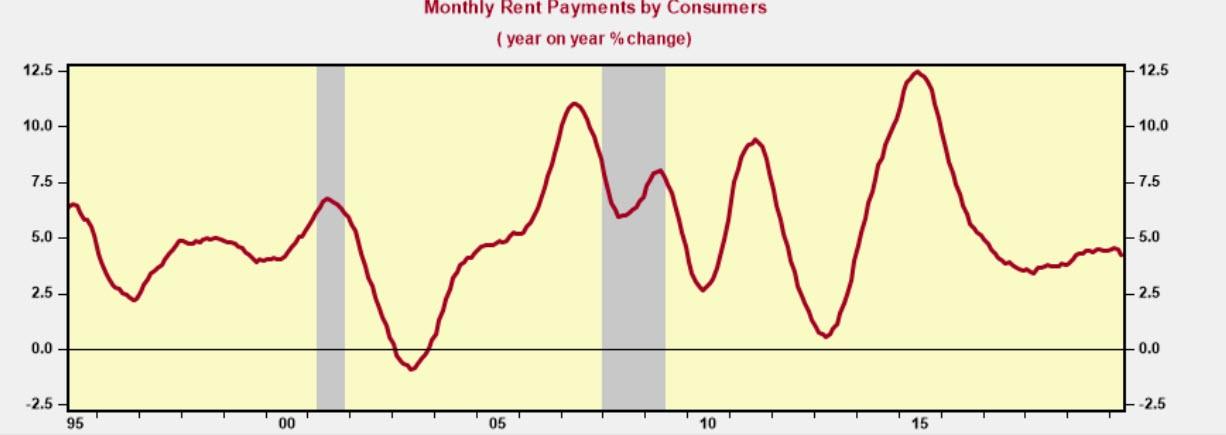Consumer “Cash” Spending Is Much Worse Than The Reported Figures
Tyler Durden
Wed, 06/03/2020 – 15:35
Submitted by Joe Carson, former chief economist of Alliance Bernstein
Consumer spending fell a record 13.6% in April, according to the preliminary estimates by the Bureau of Economic Analysis (BEA). But the spending numbers based on “cash” outlays are much worse.
The government’s monthly report on consumer spending (i.e. personal consumption expenditures) is a blend of actual cash outlays and estimated figures. Spending on durable and nondurable goods reflects “cash” outlays as reported by the monthly sales at retail establishments. But spending on some consumer services is reported on an accrual basis. In other words, even when consumers fail to pay the reported figures say they did.
For example, April’s consumer spending data showed a $1.6 billion increase to $639 billion annualized for tenants rent. Press reports and surveys have found that about one-third of renters did not make their monthly payment, which raises questions over the accuracy of the monthly spending numbers.
A senior official at BEA confirmed the reason rent payments did not drop is because they are measured on an accrual basis. The senior official went on to say as long as the unit is occupied BEA’s measurement practices assume the rent payment is being made.
Based on the scale of monthly rent payments, if one-third of renters failed to make payment the hit to consumer spending would be an additional $200 billion annualized. That assumes those that missed rent payments in April had monthly payments equal to the average of all renters.
In the final analysis, the record drop in consumer spending is understated. The outlook looks grim as many renters have to make-up for missed rent payments, and the jobless rate keeps rising. Also, the big jump in the personal saving rate in April grossly overstates the amount of cash people have on hand. BEA’s practice is to incorporate the annual amount of stimulus payments, tax reductions, and an increase in unemployment compensation in the month legislation was announced even though payments would flow over the next 12 months.
![]()
Zero Hedge’s mission is to widen the scope of financial, economic and political information available to the professional investing public, to skeptically examine and, where necessary, attack the flaccid institution that financial journalism has become, to liberate oppressed knowledge, to provide analysis uninhibited by political constraint and to facilitate information’s unending quest for freedom. Visit https://www.zerohedge.com
